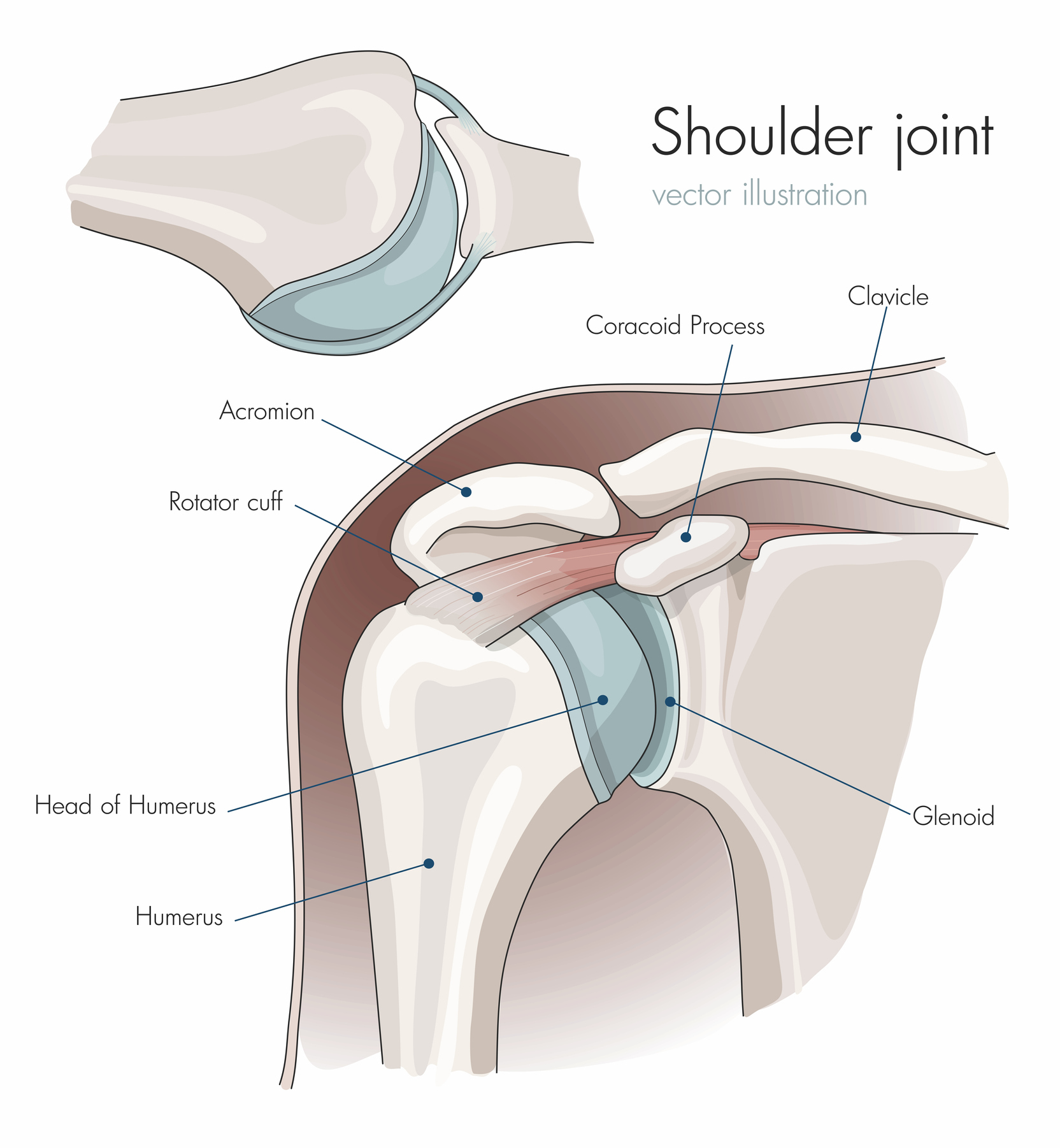 Three physicians at the University of Alabama at Birmingham have studied and performed a new procedure that has the ability to bring relief and offer more treatment options for patients with a massive rotator cuff tear previously deemed irreparable.
Three physicians at the University of Alabama at Birmingham have studied and performed a new procedure that has the ability to bring relief and offer more treatment options for patients with a massive rotator cuff tear previously deemed irreparable.
A massive and irreparable rotator cuff tear is a diagnosis that no patient, especially an active patient wants to receive. The rotator cuff is a collection of four muscles that help stabilize and move the shoulder joint.
Minor tears could potentially heal on their own, but any significant, or full, rotator tear often requires surgical treatment to heal. In some cases, the tear is so massive that even surgical treatment cannot repair the rotator cuff.
Department of Orthopaedic Surgery Associate Professor and Section Chief of Sports Medicine Amit Momaya, M.D. (right), alongside Assistant Professor Aaron Casp, M.D. (middle), and Assistant Professor Will Brabston, M.D. (left), are proud to now offer the subacromial balloon spacer procedure for relief of massive irreparable rotator cuff tears.
 When performing a subacromial balloon spacer technique, the surgeon first clears and prepares the area around the rotator cuff tear. The surgeon then inflates a small balloon, between the humeral head– the top of the humerus that fits into the shoulder joint– and the roof acromion above the shoulder joint.
When performing a subacromial balloon spacer technique, the surgeon first clears and prepares the area around the rotator cuff tear. The surgeon then inflates a small balloon, between the humeral head– the top of the humerus that fits into the shoulder joint– and the roof acromion above the shoulder joint.
The space created by the balloon between the humeral head and the acromion is the key to pain relief for patients with massive rotator cuff tears. The balloon acts as a natural barrier between the humeral head and the acromion, pushing lightly down on the humeral head to avoid the pain of it touching the acromion.
After the balloon spacer procedure, patients can safely rehabilitate their shoulder through physical therapy. Momaya and Casp say they have successfully performed the procedure for three cases with positive outcomes.
Eventually, the balloon will dissolve. Somewhat surprisingly, many patients still report pain relief even after the balloon dissolves, though this could also be the effects of quality physical therapy sessions while the balloon was in place.
Before performing the procedure here at UAB, Momaya, Casp, and Brabston led a systematic review of the procedure across the U.S. By doing so, the duo was able to understand more about patient experience and outcomes associated with the procedure to ensure its efficacy for patients.
Otherwise, when patients lift their shoulder, the humeral head pinches on the roof, which may cause significant pain.
“We’re proud to offer this new technology that helps our patients with serious injuries function a little better,” said Casp. “Massive rotator cuff tears are difficult to treat, and this option is opening more doors to return to activity for our patients.”